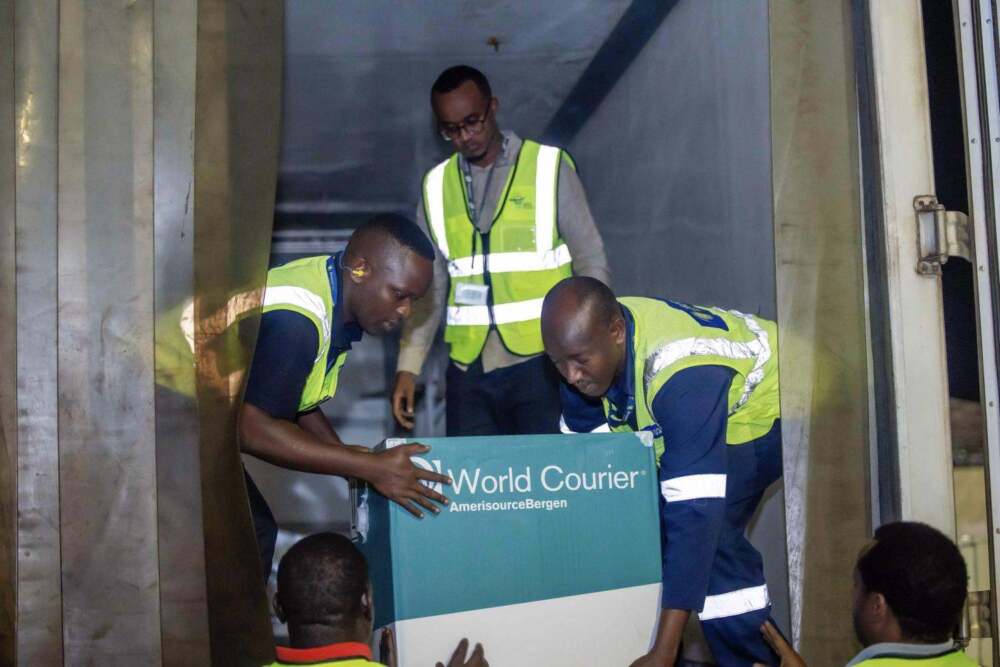Health authorities in southern Ethiopia are racing to contain what may be an outbreak of a viral hemorrhagic fever, with eight people currently under investigation for symptoms consistent with the deadly class of diseases. The suspected cluster has triggered the WHO to deploy experts and emergency supplies to bolster the local response.
What’s unfolding
The cases have been reported in the Omo region of Ethiopia, close to the border with South Sudan—an area already flagged as vulnerable due to its porous health infrastructure. All eight individuals are being examined for signs of infection by one of several hemorrhagic‐fever viruses, though no confirmed diagnosis has been issued yet. The WHO has dispatched a team of eleven technical specialists to assist with surveillance, laboratory testing, infection prevention, clinical care and coordination.
Beyond manpower, the WHO has delivered protective gear for health workers, infection‐control supplies and a tent for isolation and treatment. Funding from the agency’s emergency contingency fund has been released to ensure rapid mobilization.
Why the concern is high
Viral hemorrhagic fevers (VHFs) include diseases such as Ebola, Marburg, Lassa and Crimean‐Congo hemorrhagic fever. These illnesses can spread quickly, have high fatality rates and require complex biomedical containment strategies. Given the location near South Sudan—a country with a fragile health system—the risk of cross‐border spread and limited capacity to respond amplifies the urgency.
Key challenges
- Unidentified pathogen: When the causative agent isn’t yet confirmed, the response must cover multiple possible viruses, complicating diagnostics, treatment and containment strategies.
- Surveillance gaps: Remote regions with limited health‐care infrastructure may experience delays in case identification, increasing the window for transmission.
- Resource constraints: Isolation and infection‐control protocols for VHFs demand specialized equipment, training and coordination which may strain local resources.
- Border proximity: Because the outbreak lies near an international border, coordinating with neighbouring nations and monitoring cross‐border movements become critical to prevent wider spread.
What to keep an eye on
- The release of laboratory results identifying the virus will shape the next phase of response, including vaccine or antiviral options.
- The number of confirmed cases and fatalities will indicate how far the outbreak has progressed and how intense containment needs to be.
- Whether contact tracing and community engagement efforts reach full scale, since local involvement is vital for limiting transmission.
- How the WHO and national authorities scale up health‐worker protection, hospital preparedness and wider public‐health messaging.
Bottom line
Ethiopia’s possible outbreak of a viral hemorrhagic fever is a stark reminder that highly dangerous infectious diseases remain a clear and present threat—especially in regions with limited health infrastructure. The prompt intervention by the WHO is pivotal, but the situation remains fluid and serious. Effective tracking, containment and international cooperation will determine whether the outbreak is swiftly contained or evolves into a larger crisis.












Leave a Reply